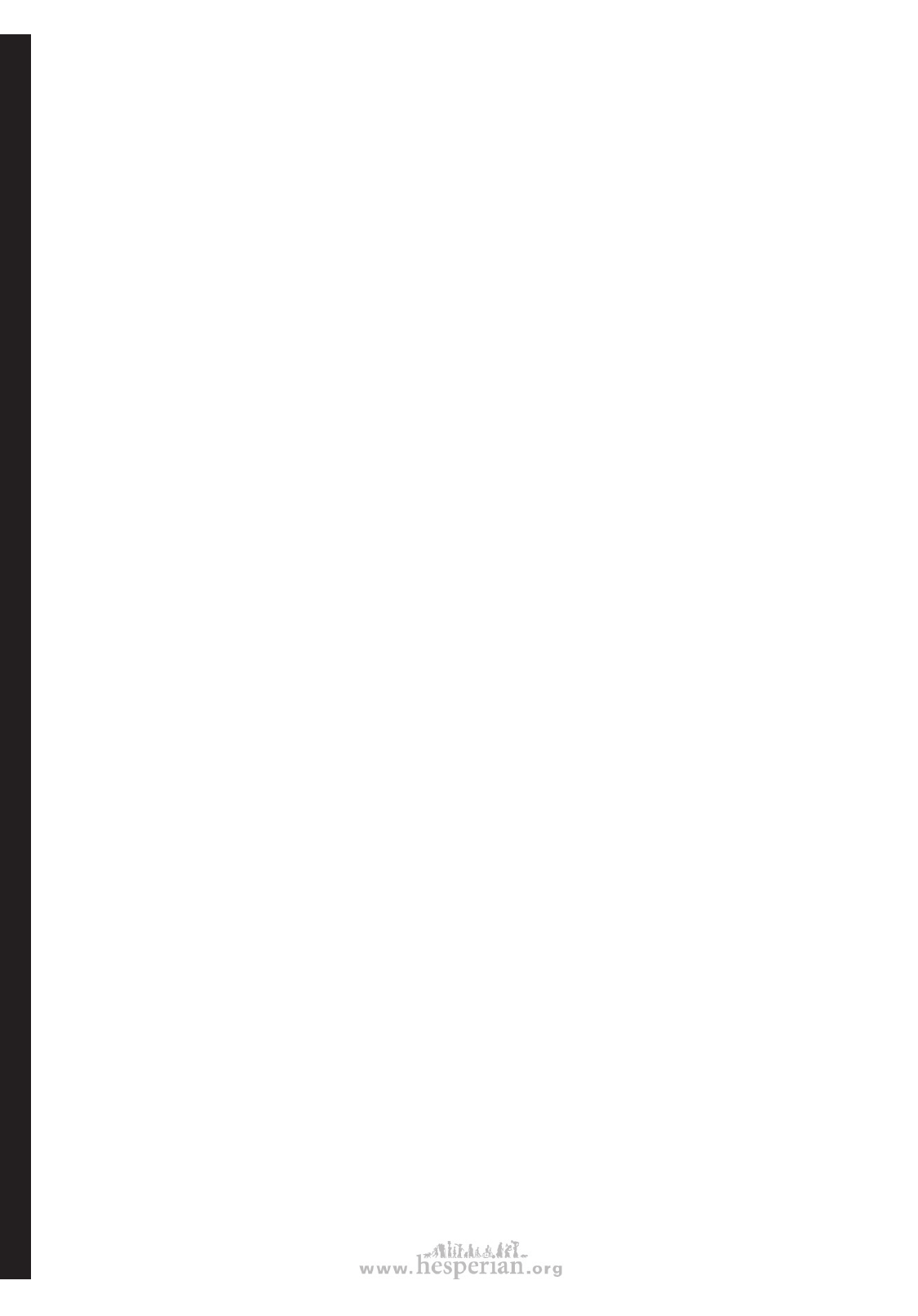
652 Index
spread to other villages, 414
stories of persons at PROJIMO, A1‑A2, 123, 150‑152, 192‑193,
403‑404, 458‑461, 478‑479
team members, Thanks page
‘Welcome to PROJIMO’ leaflet, 481
wheelchairs made at PROJIMO, 613‑624
Prosthetics (See Artificial legs and Artificial hands, arms, and
hooks)
Q
Quadriplegia (tetraplegia), what is it, 90
with spinal cord injury, 175
R
Ramps, 485, 487, 489, 490
Range of motion exercises (See Exercises)
Range of motion of joints, methods for testing, 27‑29, 79
Record keeping
for rehabilitation workers, 22
history taking, 22
record sheets, 37‑41
recording a child’s progress and development, Chapter 5,
294‑295
using ‘flexikins’, 44
Record sheets,
1) for child’s history, 37‑38
2) for physical examination, 39
3) for nervous system, 40
4) factors that affect child development, 41
5) for evaluation of progress (child over 5), 50
6) child development (under 5), 292‑293
for the costs, income, and services of a community
program, 484
for head size, 41
purpose of record sheets, 22, 36
Reflexes, great toe reflex, 40
many tendon jerks (clonus), 176
tendon (see knee jerk), 40
tiptoeing reflex, 93
Rehabilitation, what is it, 3
books about, 637
Rehabilitation workshops (See Workshops for making aids
and equipment)
Retardation (See Mental slowness)
Rheumatic Fever, 129, Chapter 17
Rickets, 125
Rights and dignity of disabled persons, 13‑15, 402
disabled persons as leaders and workers of rehabilitation
programs, 191, 406, 408, 515‑516, 519, 521
problem of overprotection, 403
respecting the child’s wishes, A‑10 to A‑11, 3‑11, 525‑526
River blindness (onchocerciasis), 245
Rocking, 247, 364
Role plays (See Theater)
S
Sanitation, 13
and polio, 60
School (See Education)
Scoliosis (See Spinal curves)
Seating, Special and adapted
adaptations of seating aids to specific needs, Chapter 65,
589‑591, 607‑612
books about seating and positioning, 604‑606
decisions about special seats, Chapter 64
for positioning the child, 95, 323, 326, 573, 607, 608, 609, 610
for child with cerebral palsy, 95, 97, 98, 105, 285, 308, 323, 325,
326, 329, 591, 607‑612
for spina bifida, 174
for severely disabled child, 285
measuring and fitting, 591, 602
placement of straps, harnesses, body guides, 95, 326, 527, 607,
6 0 9 ‑ 612
precautions, 326, 527, 592, 615
sitting aids, 5, 95, 97, 98, 103, 111, 308, 323,416, 573
sitting frames for wheelchairs, 607‑612 (Also see Wheelchairs)
Secondary disabilities, A‑9
prevention, 16‑20
with spinal cord injury, 181
Seizures (epilepsy) Chapter 29
and cerebral palsy, 88
and mental slowness, 234, 240
community acceptance, A‑5, 242
fits of anger (tantrums), 241, 362‑363
prevention, 242
chart of types of epileptic seizures, 240‑241
medicines to prevent seizures, 235‑239
protection of child during seizures, 235
Self‑care skills (See Development, self‑care skills)
Self‑harm, 363, 364 (Also see Behavior)
Several severe disabilities, Chapter 33, 433
Sex (See Love, Sex, Marriage and Disabled Persons)
Shitting problems (See Bladder and bowel management)
Shoes (See Foot wear)
Short leg (See Leg length, differences)
Shortness, short height (Dwarfism), 126
Side‑lying frames, 572
Sign language (Also see Deafness), 263, 264, 266‑273
as part of total communication, 264, 265
learning to sign, 267‑270
story about, 4
useful signs, 270‑273
Skin grafts, 232
Sores that keep coming back
osteomyelitis, 159
pressure sores affecting the bone, 173, 196, 222
tuberculosis of spine, 165
Spasticity, 89
difference from contractures, 28, 79, 101
in cerebral palsy, most of Chapter 9
in spinal cord injury, 176, 183
leading to contractures, 101
relaxing spastic muscles, 102‑103
testing range of motion in child with spasticity, 28‑29
when bathing, 103, 345
when feeding, 103, 322‑324, 326, 329
when dressing, 334
when exercising, 376
(Also see Positioning, Cerebral palsy)
Speech (See Communication)
Spina bifida, Chapter 22
aids for, 170, 171, 172, 174
bladder and bowel management, 170, Chapter 25
books about, 638
contracture prevention, 171
degrees of disabilities with, 168
hydrocephalus (big head), 167, 169
prevention and treatment of pressure sores, 167, 173,
Chapter 24
treatment, 169
Spinal cord injury, Chapter 23
books about, 638
bowel problems and control, 178, 187‑188,
Chapter 25
causes of quadriplegia and paraplegia, 175
contractures, 182‑184
early care of spinal injury, 180
future for person, 166, 176‑179, 191
level of injury, 168, 175, 176
loss of feeling, 175
moving and carrying an injured person, 180
physical therapy and good positioning, 182‑184
physical re‑education, 185‑187
pressure sores, prevention and treatment, 181‑182, Chapter 24
possibilities for walking, 177
prevention, 14
programs run by spinal cord injured, 518‑519
secondary problems, 181
self care, 189
Disabled village Children